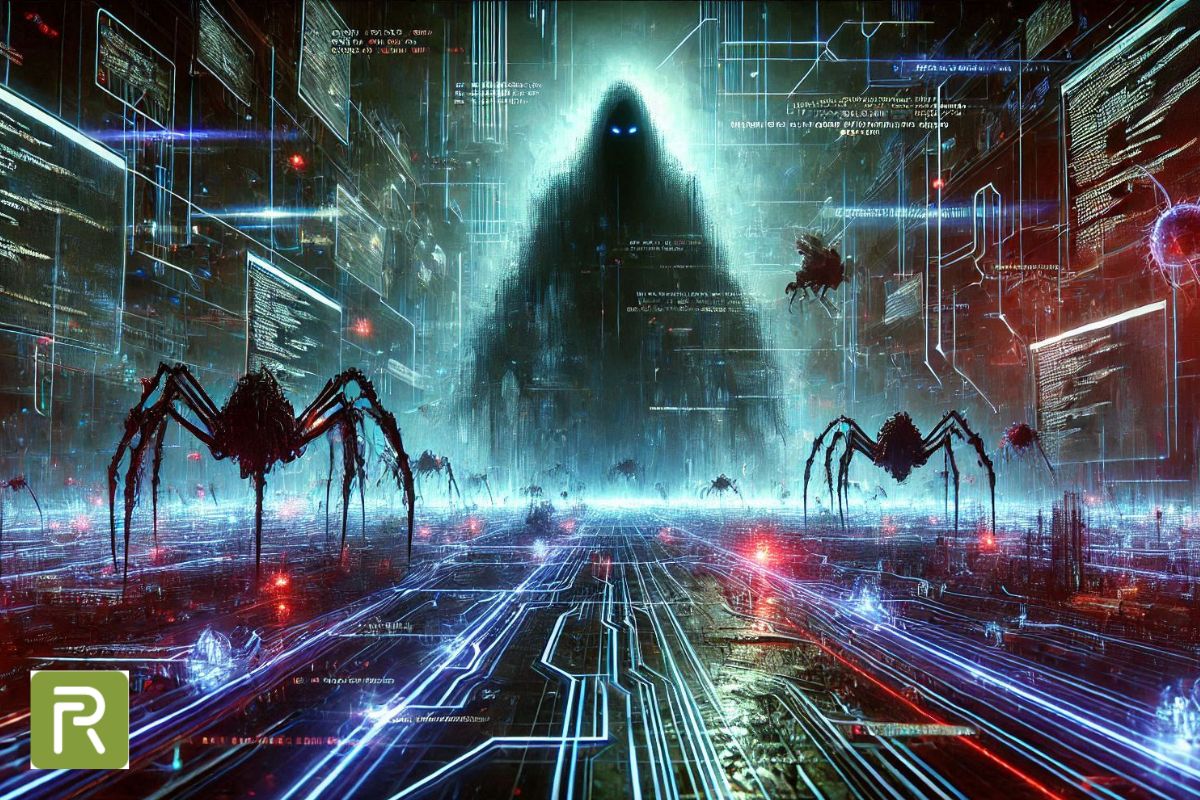Navigating Cyber Threats in the Digital Era
The Malware Age refers to the current era where malicious software—commonly known as malware—poses a significant threat to individuals, businesses, and governments worldwide. As technology evolves, so do the tactics used by cybercriminals to exploit vulnerabilities. From early computer viruses to sophisticated ransomware and spyware, the malware age represents a continuous battle between cybersecurity and cybercrime.
This article delves into the history, evolution, and impact of malware, offering practical tips to safeguard your digital life.
What Is Malware?
Malware is any software intentionally designed to cause harm, steal data, or disrupt systems. Common types of malware include:
- Viruses: Self-replicating programs that infect files.
- Worms: Malware that spreads across networks without human intervention.
- Ransomware: Encrypts files and demands payment for decryption.
- Spyware: Secretly monitors and collects user information.
- Trojans: Disguised as legitimate software to deceive users.
The History of Malware
The Early Days: 1970s–1980s
- The first malware, Creeper, appeared in 1971 as an experimental program.
- Viruses like Brain (1986) marked the beginning of widespread infections.
The Internet Boom: 1990s
- With the rise of the internet, malware became more sophisticated. Worms like Melissa (1999) and ILOVEYOU (2000) caused widespread chaos.
The Digital Age: 2000s–Present
- Modern malware, including ransomware like WannaCry (2017) and spyware like Pegasus (2021), leverage advanced technologies like AI and exploit zero-day vulnerabilities.
Why Is the Malware Age Significant?
1. Exponential Growth of Cyber Threats
As more devices connect to the internet, the attack surface expands. Consequently, malware attacks are now targeting IoT devices, smartphones, and even critical infrastructure.
2. Economic Impact
The cost of ransomware attacks alone reached billions of dollars globally in 2022, highlighting the financial burden of malware.
3. Data Privacy Concerns
Malware compromises sensitive data, putting personal and organizational information at risk.
How Malware Impacts the Digital World
- Individuals: Identity theft, financial loss, and privacy invasion.
- Businesses: Operational disruptions, reputational damage, and legal liabilities.
- Governments: National security risks and breaches of classified information.
How to Stay Protected in the Malware Age
1. Use Robust Antivirus Software
Install reliable antivirus programs to detect and neutralize malware threats in real time.
2. Keep Systems Updated
Regularly update operating systems and software to patch vulnerabilities.
3. Avoid Suspicious Links and Attachments
Do not click on unknown links or download attachments from untrusted sources.
4. Enable Multi-Factor Authentication (MFA)
Add an extra layer of security to your accounts to prevent unauthorized access.
5. Backup Your Data
Maintain regular backups to mitigate the effects of ransomware attacks.
Future of the Malware Age
Malware will become increasingly complex as technology develops, using AI and machine learning to avoid detection. Consequently, cybersecurity has to advance by utilizing more robust encryption techniques and predictive analytics. In addition, to counter this persistent threat, cooperation between governments, organizations, and individuals will be crucial.
Conclusion
The Malware Age underscores the importance of cybersecurity in an interconnected world. As malware continues to evolve, proactive measures, awareness, and cutting-edge technologies can significantly reduce the risks. Moreover by staying informed and vigilant, we can navigate this challenging digital landscape and protect ourselves against emerging cyber threats.
FAQs
What is malware?
Malware is software intended to cause harm, steal information, or interfere with systems.
How does malware spread?
It spreads through infected emails, websites, software downloads, and as a result, network vulnerabilities.
What are some famous malware attacks?
Examples include WannaCry ransomware, ILOVEYOU worm, and Pegasus spyware.
How can I protect myself from malware?
Use antivirus software, update your systems, and avoid suspicious links or downloads.
Why is malware still a threat today?
The evolving nature of technology and cybercriminal tactics keeps malware a persistent challenge.




